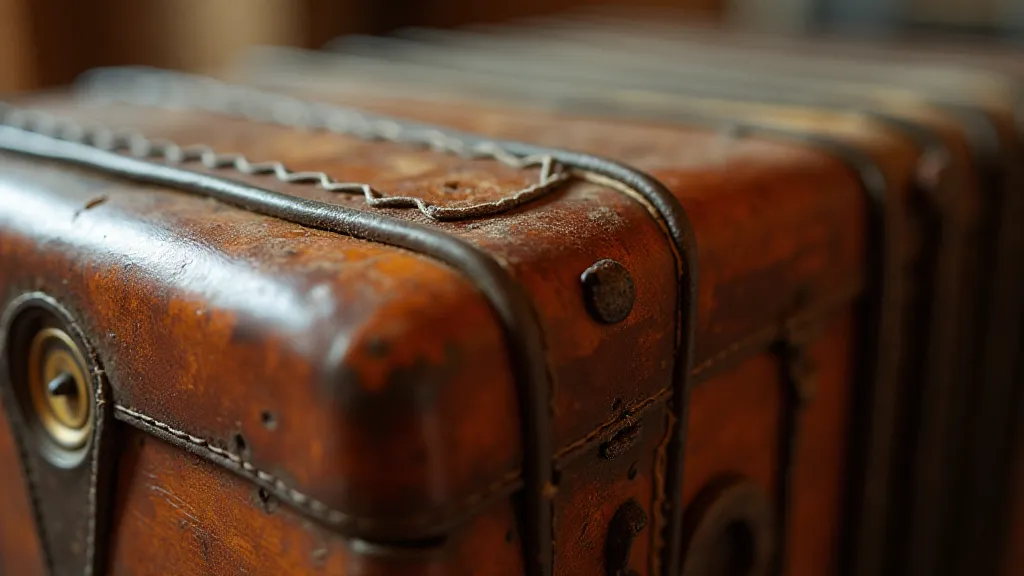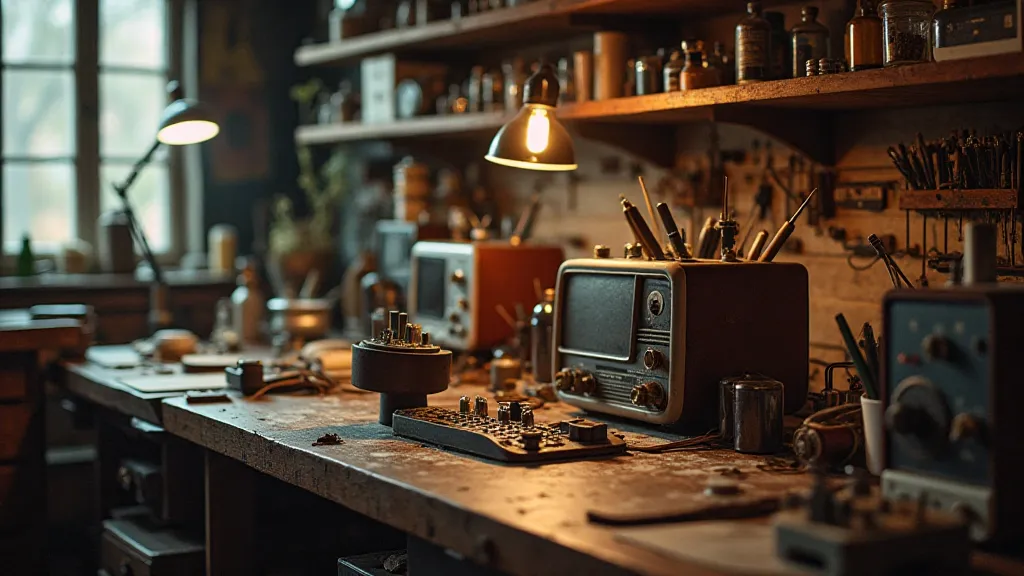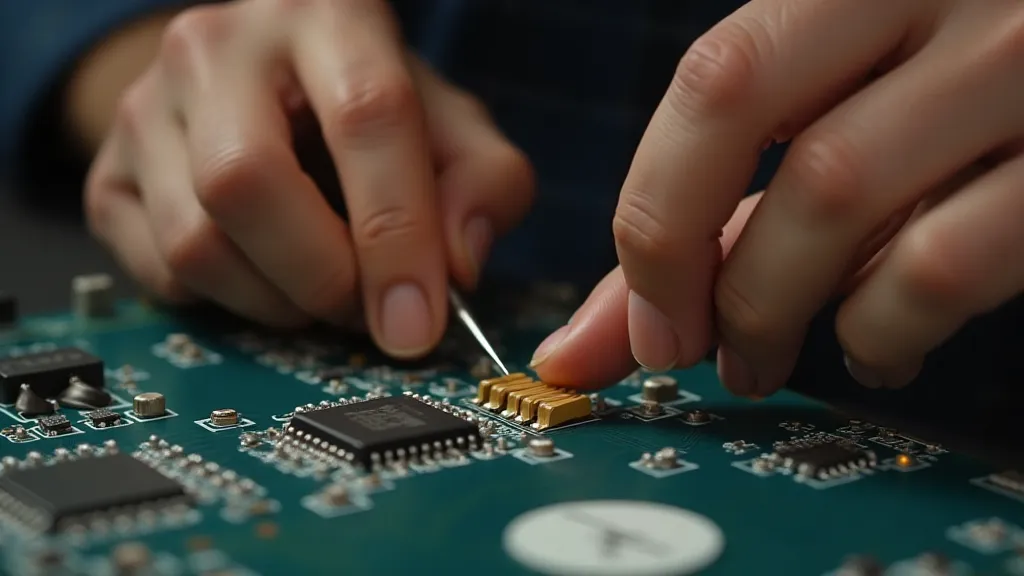The Patience of Persistence: Overcoming Challenges in DIY Radio
There's a certain magic in breathing life back into something old, something crafted with purpose and care. I think of my grandfather's accordion, a hulking behemoth of bellows and keys, its once vibrant crimson faded to a nostalgic blush. He’s gone now, but the accordion remains, a tangible link to a generation that valued durability and meticulous craftsmanship. Restoring it, replacing a single reed, or even just cleaning its intricate workings, demanded a patience I rarely possessed. Building a ham radio transceiver, I'm discovering, shares a similar essence; it's a journey demanding perseverance, a lesson in humility, and a deep respect for the ingenuity of those who came before.
The allure of amateur radio – the ability to talk across continents, to bounce signals off the moon, to connect with others who share a passion for radio communication – is undeniable. The idea of building that connection, of creating a device capable of such wonder from a collection of components, is even more compelling. But the path from concept to working transceiver isn’t always smooth. It's paved with frustration, doubt, and the occasional, deeply unsettling realization that you’re completely, utterly lost.

My initial foray into transceiver building involved a relatively simple design, something advertised as "beginner-friendly." The schematic looked manageable, the parts list seemingly attainable. What the diagrams didn't show was the sheer mental load involved in transforming a collection of individual components into a cohesive system. My first hurdle wasn’t a complex circuit; it was the realization that I didn’t fully understand the principles behind the circuit. I could follow the steps, solder the components, and connect the wires, but when it didn't work – and it almost certainly didn’t – I was left staring at a spaghetti-like mess of wires, utterly bewildered.
That first failure wasn't due to sloppy soldering (though there *was* some of that, admittedly!). It was a fundamental lack of understanding. The diagrams are roadmaps, yes, but they assume you understand the terrain. You need to grasp the role each component plays, how they interact, and why certain values were chosen. This necessitates a significant investment in education – reading books, watching videos, and, most importantly, asking questions. The ham radio community is remarkably generous with its knowledge. Don't be afraid to reach out; most hams remember the frustration of their own early struggles and are eager to help. Often, the underlying principles require a deep dive into the fundamentals of radio waves and signal processing. Understanding how raw materials are transformed into radio voices, the very alchemy of components, can make a world of difference.
When faced with a malfunctioning transceiver, the knee-jerk reaction is often to frantically poke and prod, hoping to stumble upon the solution. This rarely works. Instead, adopt a systematic approach. Start with the basics: Is the power supply delivering the correct voltage? Are all the connections secure? Are there any obvious shorts or open circuits? Use a multimeter to test each component individually. Break the circuit down into smaller, more manageable sections. If one section is working correctly, you can isolate the problem to another.
This process can be tedious, and sometimes disheartening. There will be moments when you’re convinced you’re chasing a phantom problem. But persistence is key. Document your troubleshooting steps. Keep notes on what you’ve tried and what the results were. This will not only help you track your progress, but it will also provide valuable insights when you revisit the problem later. It’s also vital to understand the broader spectrum of radio communication. As technology advances, the field incorporates digital components and even software-defined radio (SDR) solutions. For those eager to explore these modern approaches, delving into digital horizons can unlock a new level of complexity and control.
Building a transceiver isn’t just about electronics. It's about embracing a craftsman’s mindset. Think about the artisans who built those vintage accordions. They weren’t just assembling parts; they were creating something beautiful and functional. They took pride in their work, paying meticulous attention to detail. They understood that even the smallest imperfection could compromise the overall quality.
This translates directly into transceiver building. Accuracy matters. Solder joints should be clean and shiny. Components should be oriented correctly. Wires should be neatly routed and securely connected. These details may seem insignificant, but they can make a world of difference in the performance and reliability of your transceiver. A poorly soldered joint, even one that appears fine to the naked eye, can introduce noise or intermittent signal loss. A misaligned component can disrupt the intended circuit behavior. Furthermore, consider the stories these devices tell – the static and stories embedded within their circuits, a testament to human connection and innovation.

There will be times when you feel like giving up. When the troubleshooting seems endless, when the problem is beyond your comprehension, when the dream of a working transceiver feels impossibly distant. These are the moments when it's most important to remember *why* you started this journey in the first place. Remember the thrill of connecting with another ham, the satisfaction of building something with your own hands, the sense of accomplishment that comes from overcoming a challenging problem.
Take a break. Step away from the workbench and clear your head. Talk to another ham, seek advice, and recharge your motivation. Remember that everyone struggles, everyone makes mistakes. It’s part of the learning process. And with each setback, you gain valuable experience and a deeper understanding of the underlying principles. Exploring alternative designs and approaches can sometimes provide a fresh perspective. Adapting open-source transceiver designs is becoming increasingly popular, offering a community-driven path to experimentation and innovation.
Once you're comfortable with the fundamentals, there's a whole universe of advanced techniques to explore. Antenna design is crucial; a poorly matched antenna can severely limit your range and efficiency. Understanding impedance matching and SWR (Standing Wave Ratio) becomes essential. Filtering is another key area – eliminating unwanted noise and interference is vital for clear communication.
Consider the impact of component selection. Not all components are created equal. Using higher-quality components can improve performance, reliability, and longevity. Learn about different types of capacitors, resistors, and transistors, and how their characteristics affect circuit behavior. Experiment with different topologies and configurations to optimize performance for specific applications.
The world of amateur radio is constantly evolving. New technologies and techniques emerge regularly, pushing the boundaries of what’s possible. Software-defined radio (SDR) has revolutionized the hobby, allowing hams to build highly flexible and adaptable transceivers. Digital modes have expanded communication options, enabling data transmission and advanced networking capabilities.
Stay informed about the latest developments by reading magazines, attending conventions, and participating in online forums. The amateur radio community is a wealth of knowledge and experience. Don’t be afraid to ask questions and share your own discoveries. The journey of learning and exploration never ends.

Ultimately, the act of building a transceiver is about more than just electronics; it’s about connection—connection to a global community of passionate individuals, connection to a rich history of innovation, and connection to the fundamental principles of radio communication. It's a journey of persistent effort, embracing challenges and celebrating the small victories along the way.
Just as restoring that accordion opened my eyes to the beauty of vintage craftsmanship, building a transceiver has deepened my appreciation for the art of radio communication. It’s a journey of patience, perseverance, and a willingness to embrace the challenges along the way. And the reward – the ability to connect with the world, to learn, and to create – is well worth the effort. The echoes of those early pioneers resonate through every successful transmission, a testament to the enduring power of human ingenuity and collaboration.





